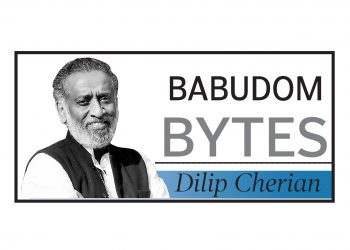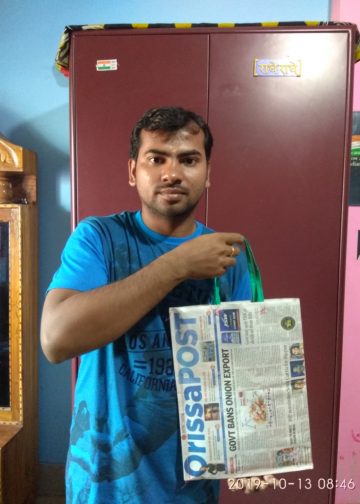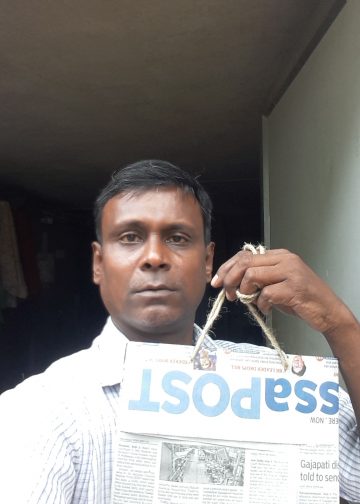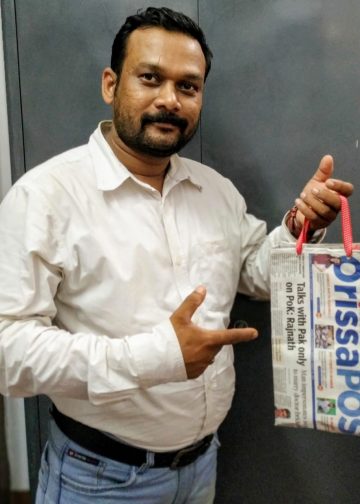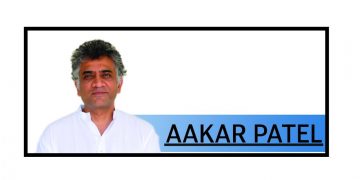With the AAP’s dramatic downfall and the BJP’s resounding victory, Delhi’s civil servants finally seem to be breathing easy. Having a ‘double-engine’ government—one that aligns both the Centre and Delhi—provides clarity in both means and objectives. Over the past decade, since AAP took charge in Delhi while the BJP held sway at the Centre, bureaucrats often found themselves in an uncomfortable limbo. Navigating the tense political dynamics between the two powerhouses wasn’t exactly a cakewalk. Now, with the Ministry of Home Affairs (MHA) controlling the AGMUT Cadre offi cers, along with DANICS and DANIPS officers, bureaucrats have a more streamlined command structure. No more second-guessing which way the political winds are blowing. The Delhi government, likely to function as an extended arm of the Centre, may not have the autonomy it once claimed, but at least the bureaucrats can go about their work without walking a political tightrope. And with a fresh Pay Commission and income tax relief in the bag, there’s a tangible silver lining. Meanwhile, Delhi Chief Secretary Dharmendra has wasted no time in setting the ball rolling for a bureaucratic house cleaning. Even before the new government formally takes charge, all department heads have been ordered to compile a list of AAP-era appointments— specifically those who were allegedly handpicked party members and ministerial aides given cushy non-official posts in possible violation of rules. With a consolidated government in place, the message is clear: the days of political ambiguity for Delhi’s civil servants are over. Whether this ushers in an era of smoother governance or just another round of political manoeuvring remains to be seen.
NITI Aayog sticks to familiar
The Appointments Committee of Cabinet (ACC) has decided to stick with experience, extending B.V.R. Subrahmanyam’s tenure as CEO of NITI Aayog for another year beyond February 2025. A veteran bureaucrat with a track record spanning governance, trade, and strategic policymaking, Subrahmanyam’s extension signals continuity at India’s top policy think tank. But is continuity always a good thing? On the one hand, his leadership ensures stability. Having handled complex policy challenges, from Jammu & Kashmir’s administration to India’s commerce strategy, he brings deep institutional knowledge. His supporters argue that in a rapidly evolving economic landscape, a steady hand at NITI Aayog is essential. On the other hand, some question whether this move stifl es fresh thinking. India’s policy ecosystem thrives on innovation, and a shake-up at the top sometimes brings in new energy. Critics argue that a more dynamic approach—perhaps someone from outside the bureaucratic machinery—could push NITI Aayog into new territory. Ultimately, the extension suggests the government is prioritising experience over experimentation. Whether that’s a masterstroke or a missed opportunity will unfold over the next year. The real test? Whether NITI Aayog can continue shaping policies that keep pace with India’s aspirations—or simply maintain the status quo.
Are babus losing touch?
Telangana Chief Minister A. Revanth Reddy stirred the pot recently with his candid remarks about the state of the administration. Addressing a gathering at the IAS Officers’ Institute in Begumpet, he lamented that some district collectors today seem reluctant to step out of their air-conditioned offices and engage with the people they serve. It’s an unfortunate reality and one that raises serious concerns about the evolving role of civil servants. Gone are the days, Reddy pointed out, when IAS officers would thoroughly brief political leaders on the pros and cons of policy decisions. Instead, he suggested, many bureaucrats now prioritize pleasing their political bosses, sometimes even encouraging them down misguided paths. That’s not governance—it’s groupthink with a dangerous ripple effect. This shift begs the question: Have we institutionalised a culture where career progression trumps public service? Bureaucrats of an earlier era, like retired officer M. Gopalakrishna (in whose honour the book launch was held), were known for their hands-on approach. They spent time in the field, understood ground realities, and served as the bridge between the government and the governed. Today, many officers seem more at home with PowerPoint presentations than public grievances. Of course, not all babus fi t this mould. There are still those who walk the extra mile, defying the “file-pushing” stereotype. But Reddy’s remarks are meant to serve as a wake-up call. Governance isn’t about paperwork alone, it’s about people. And if the system rewards deference over diligence, then we have a bigger problem on our hands than just a few officers preferring their AC cabins over the summer heat.
Dilip Cherian

